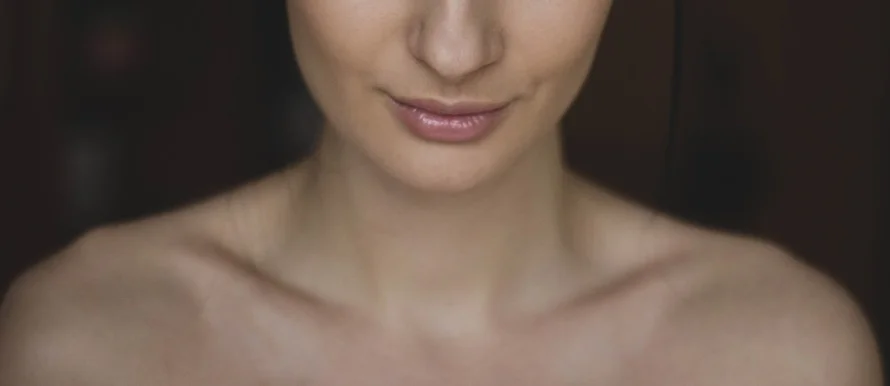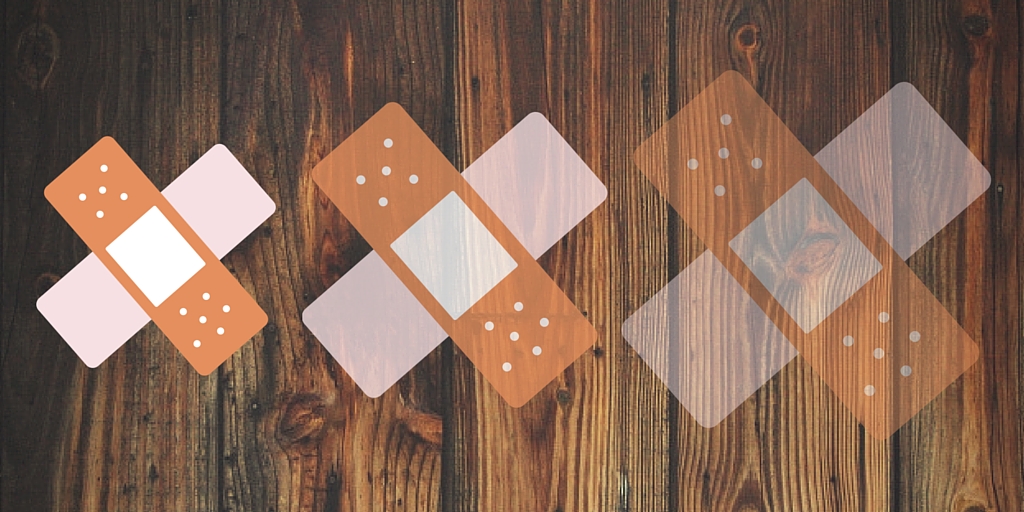Have you ever received a scar from a surgery, car accident or a nasty fall? You’re not alone. Each year, 200 million incisions are completed worldwide, and around 170,000 scar revisions are performed in the United States. Have you ever wondered how you might treat surgical scars or why people scar differently?
A scar is initially a result of the skin’s healing process. After the skin or tissue has been wounded, your body will release collagen to aid in the healing process. The degree to which someone’s skin will scar depends on many factors. The primary component that affects scarring is the size and depth of a wound. Age is also a vital factor in the process of scarring. Scars will typically heal better in younger individuals and they will produce a thicker blemish than on the skin of an older person. It is also important to take into consideration the skin tone of an individual. People with lighter complexions tend to receive hypertrophic scars, while Asians and African American individuals are likely to have keloid scars.
Hypertrophic scars typically possess excessive amounts of collagen, which gives them a height and thickness. Similar to hypertrophic scars, the keloid is a raised scar that is caused from an overgrowth of scar tissue. While scarring is often a natural process of the body’s healing system, scars are often the result an over-active healing of the body.
Learn more about scar healing techniques and treatments from our dermatological and scar heal patient resources.
How can you get rid of these different kinds of scars?
Initially, scars can be like defiant old bugs that simply won’t go away. However, natural scar treatments like lemon juice, ice cubes and honey can be an effective means to healing your scar. Try not to drink all of the tasty lemon juice though, ok? This is likely to be your most difficult aspect in cleansing your abrasive epidermis. First, cut a fresh lemon in half and rub the juicy part all over your scars. Can you feel your scar fading in the blink of an eye?
Probably not!
You will unlikely feel any tingle, burn or eyewitness the scar disappearing simultaneously as you rub the lemon on your scar. Nonetheless, the lemon will operate as a natural bleach to reduce your scar. You can also consume the lemon juice (without sugar) for 15 days, and this can help in the healing process. Ice cubes and honey can also help to fade your scars, just take an ice cube or honey and gently rub them on your incisions daily, and voila!
Some more formal technical treatments for scar care include Z-plasty, Shave and Fusiform excision. I know, these names sound funky, but they can heal your scar, so listen up! Z-plasty is one of the most versatile scar revision techniques available according to emedicine.medscape.com. Z-plasty can effectively reorient a scar to rest in a more favorable position, break up the length of the scar, or increase the scar’s length to reduce its visibility. Shave and Fusiform excision also provide similar results.
Written By: Preston Copeland




